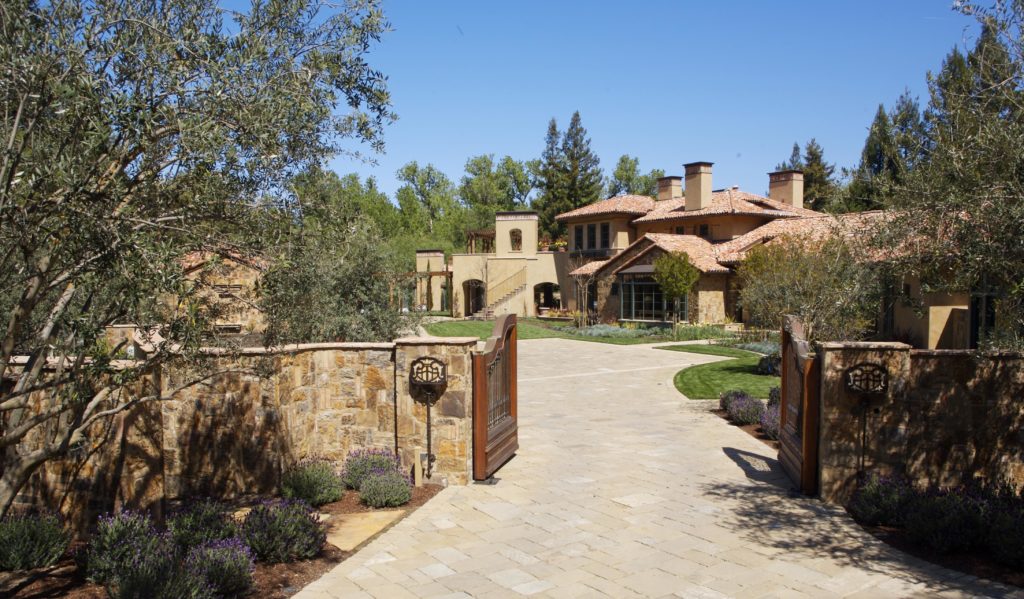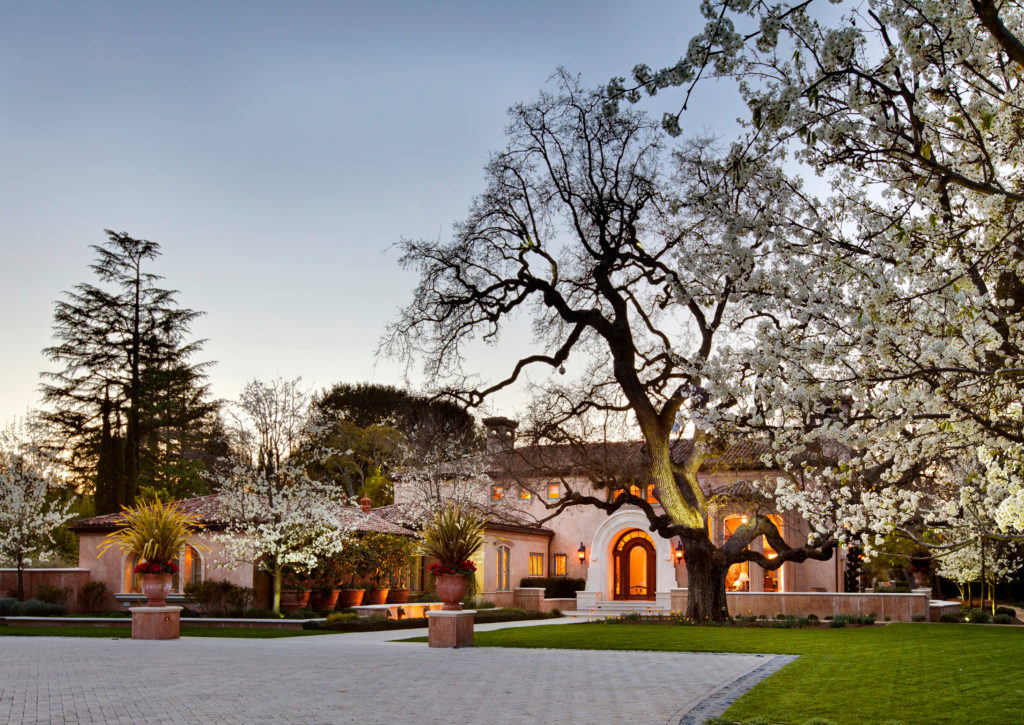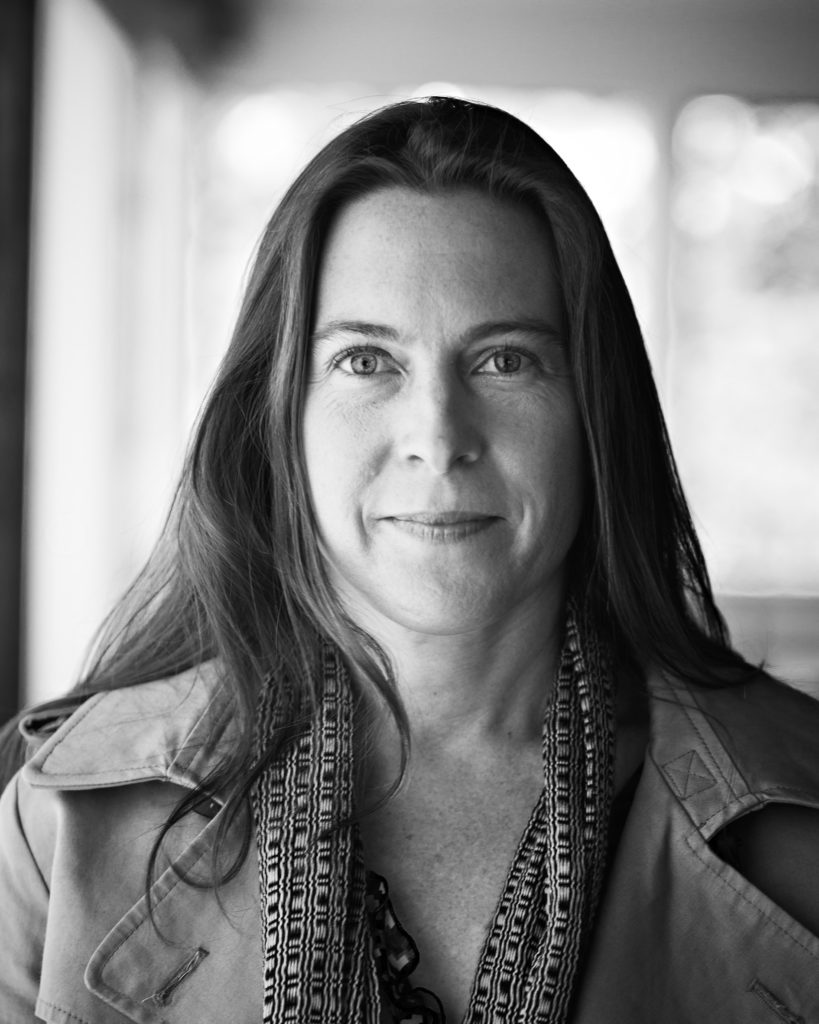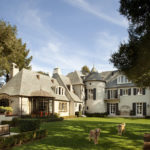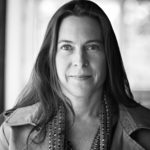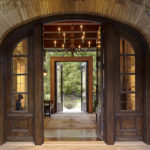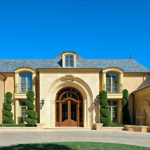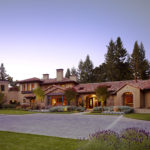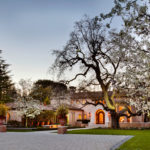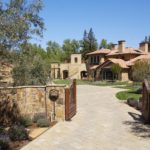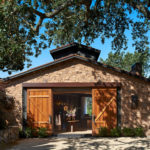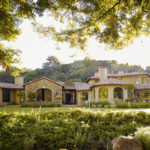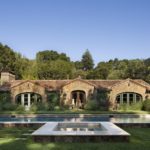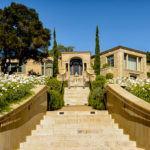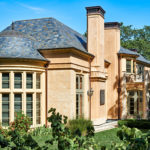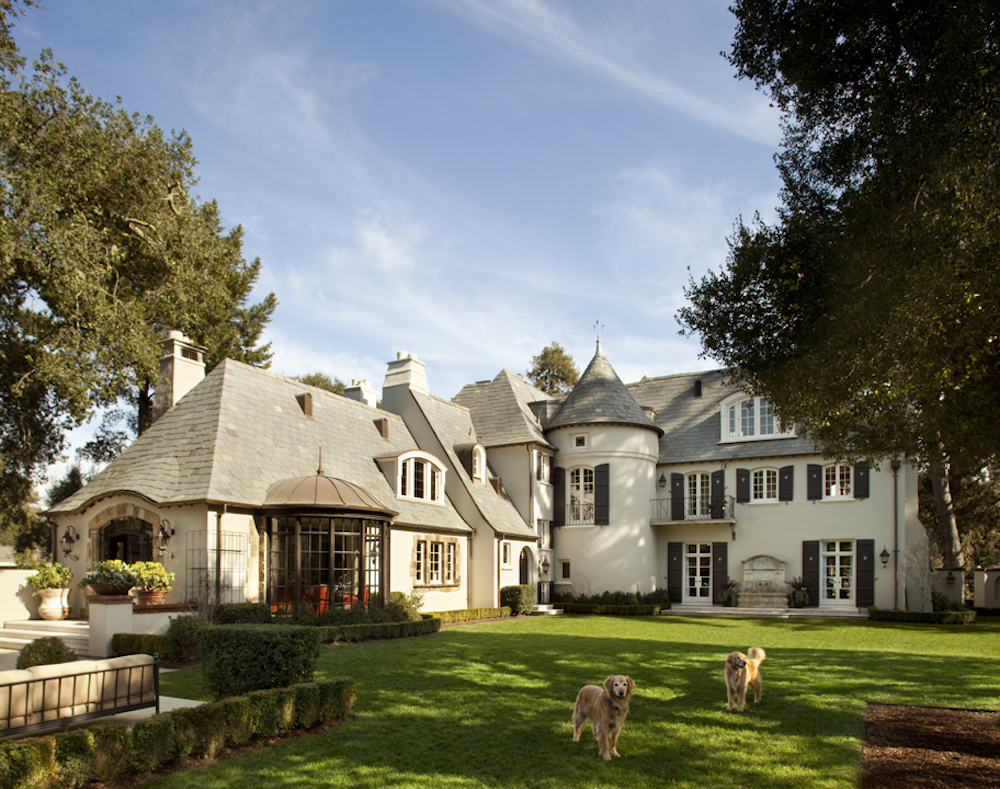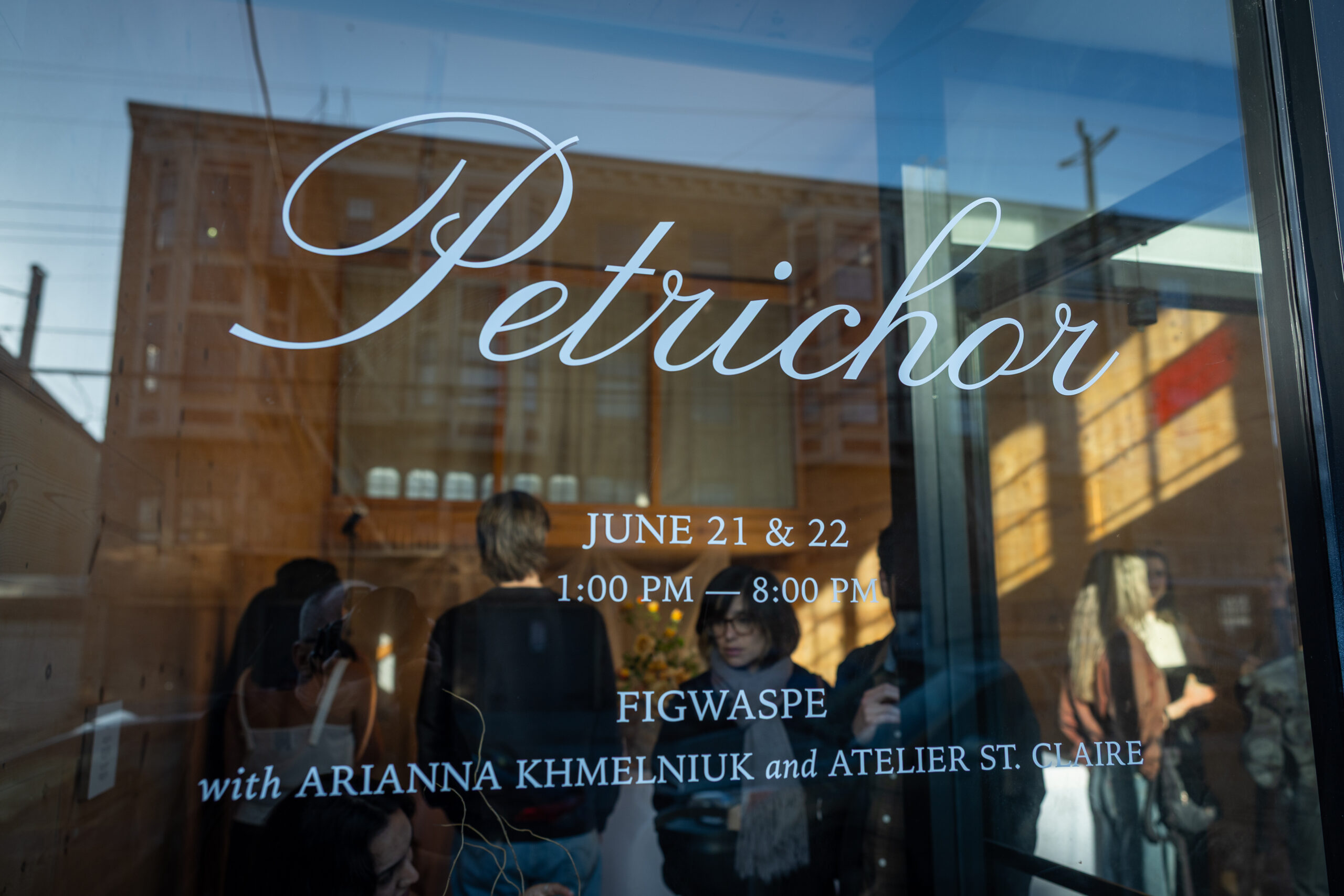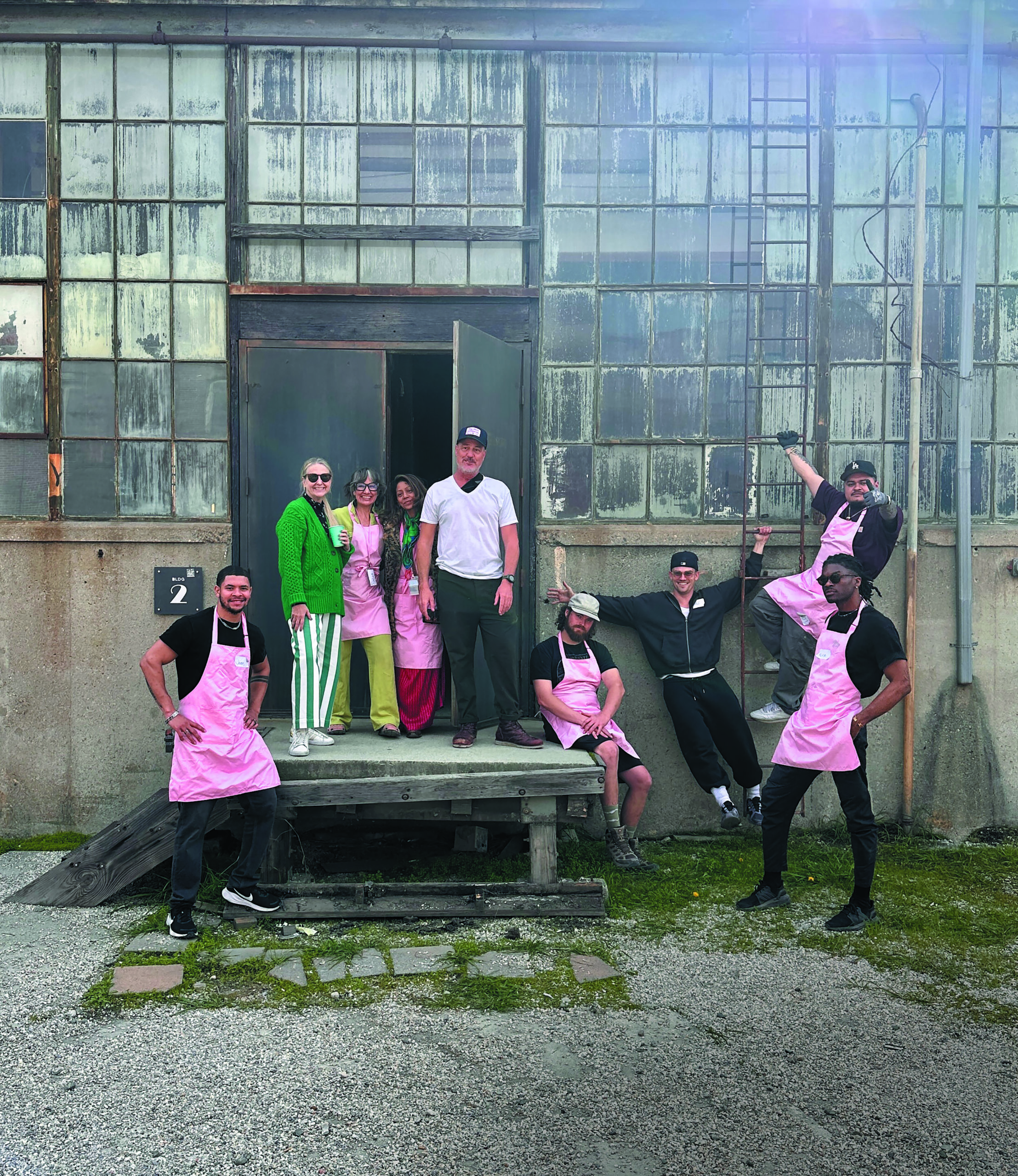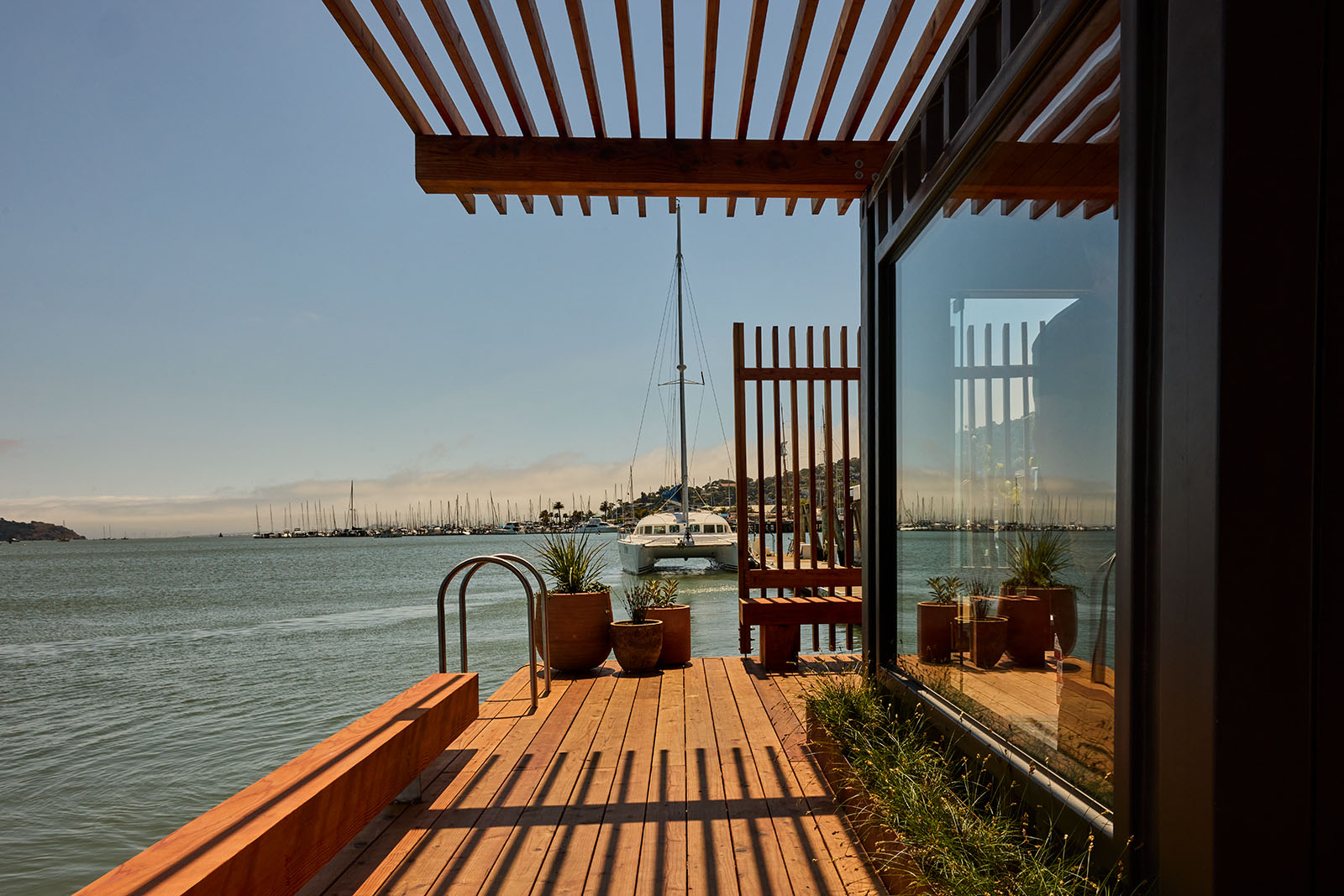Designer Crush: Gordon + Greineder
Author:Michelle KonstantinovskySan Francisco’s Gordon + Greineder is dedicated to helping each client realize their design dreams and create an elegant home that is an extension of their personality. Alongside business partner William Greineder, principal architect Eileen Gordon has been designing award-winning homes throughout the Bay Area since 2004. Gordon grew up with a nomadic lifestyle — she lived in 12 houses before graduating from high school and became fascinated by the differences in each culture’s buildings and cities, observing how architecture reinforces and challenges societal and civic expectations. Learn more in our Q+A below.
How did you get your start in architecture?
Luck! My high school required fluency in two languages in order to graduate, and I was fortunate to have my parents send me to France to stay with family friends over the summer. My host family had land in the South of France and intended to build a summer house there. Their home was full of design magazines and floor plans. I loved looking through everything, and was certain I could do better. At the time, of course, I had no idea of budget, site conditions, structural requirements…. but I was inspired!
What’s your process for getting to know a client?
Initially, I’m most interested in learning why: Why do they want to build a new home or engage in an extensive remodel? What does that mean to them and what do they hope to achieve? Do they have an iconic or fundamental image of “home”? Is the primary purpose to serve private, family life or to create a background for events? As we are often designing for a couple we want to understand where both partners stand and whether the project is conceived of as a joint collaboration. Next, I want to find out how they live now: what makes them happy and what things they may want to change.
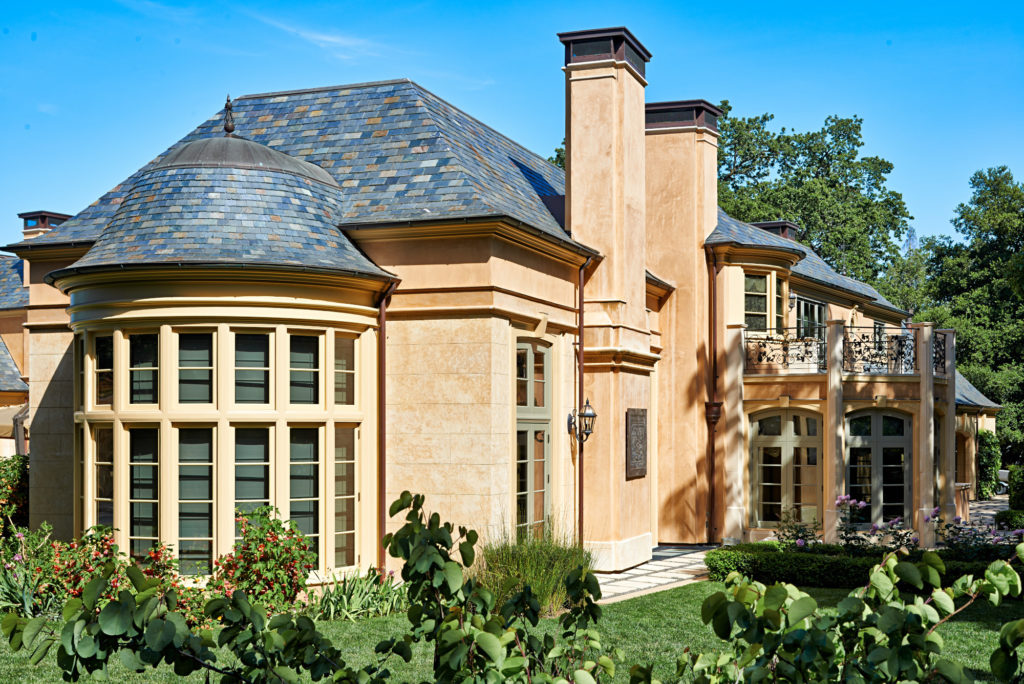
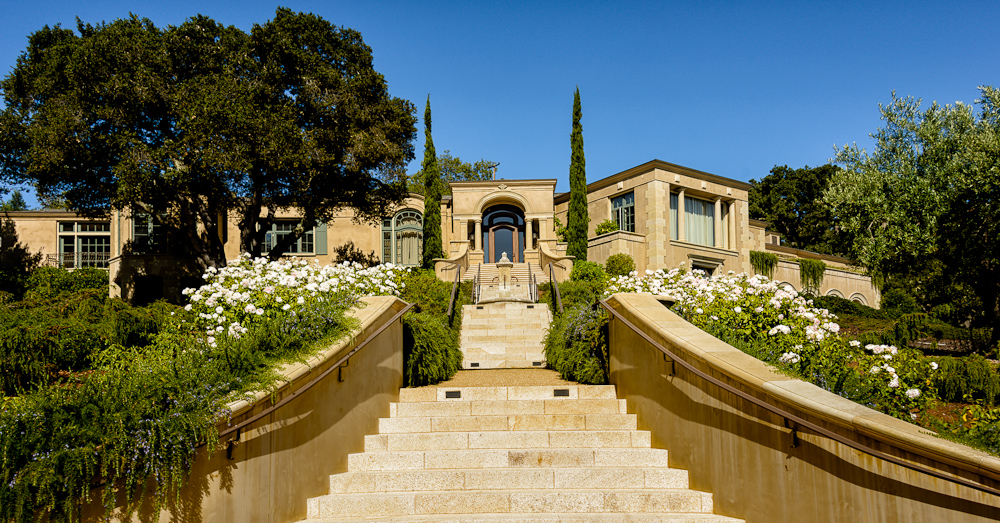
How did growing up in different countries (Greece, the UK, Japan, Germany, etc.) influence your perspective on architecture and design?
I had the opportunity to experience first-hand the differences in each culture’s buildings and cities, and to see how the organization of homes and neighborhoods reinforces cultural habits and expectations. From a young age, I was intrigued by how varied “normal everyday life” is in London vs. San Diego vs. Tokyo vs. Dublin vs. Hamburg…I was fascinated by the ways in which vernacular architecture responds to the local climate and available materials to develop regional styles, but also by each culture’s clearly aesthetic choices. Most traditional homes are not built simply as the most efficient box in which to provide shelter. There is a deliberate articulation of local design elements with the goal of creating beauty and giving pleasure.
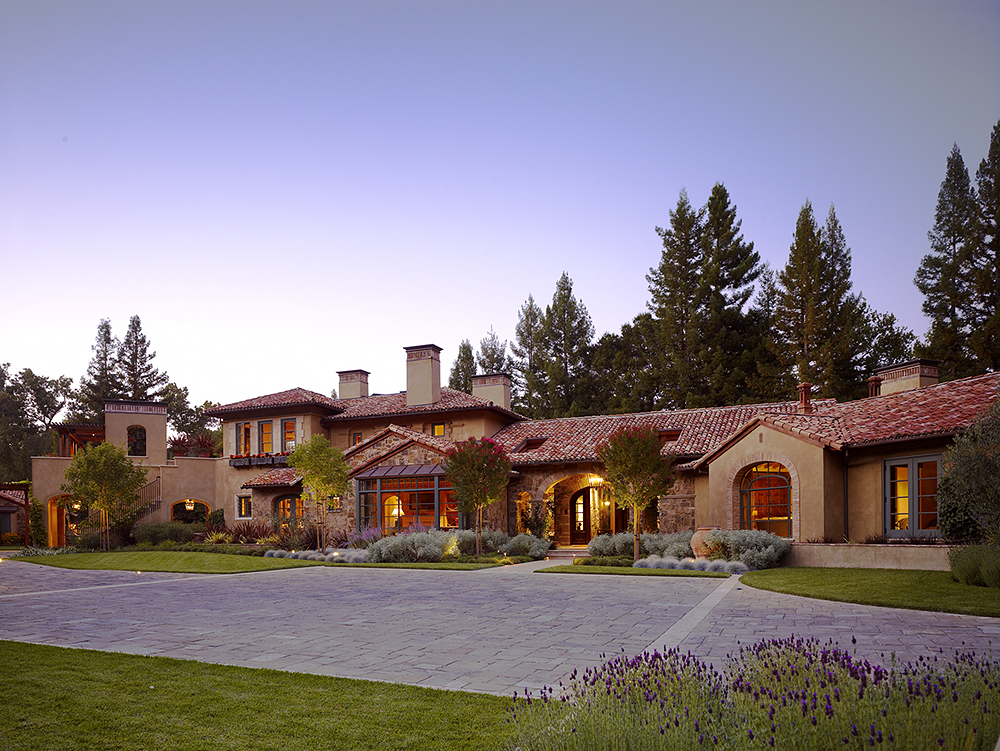
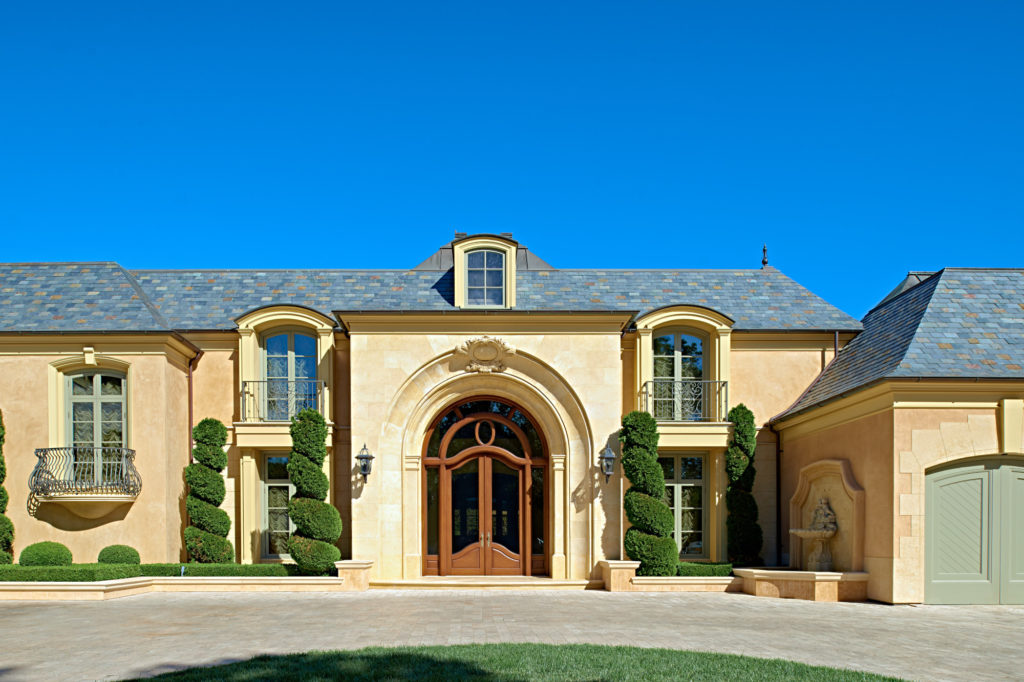
How did studying Beaux-Arts architecture at Notre Dame and in Rome inform your practice?
Learning the rules of classical Beaux-Arts architecture instills an appreciation for the uses of scale, proportion, function, and beauty. Historically, we see how architects in all ages have employed these attributes, whether simply or majestically, to forward the goals of their clients. There was an emphasis on the art of architecture in context, as an expression of relationships both social and physical. Ideologically (or idealistically), we were taught that all members of society should expect to experience pleasure in their day to day built environments, as a matter of routine. In practice, the methods of design taught at Notre Dame – charrettes, analytiques, critiques, presentations – are highly effective in drawing out ideas, selecting the best of them, and sharing them with others.
Rome, for me, teaches that more is more. I love that the ancient, medieval, and renaissance cities are fully integrated within the modern. The juxtaposed layers of history add interest at every turn, but are so ubiquitous that they do not distract from the whole. Distilled into a lesson for residential design: life is messy; our homes can allow for a harmonious expression of our lives’ complexities; austere simplicity is not a requirement of beauty.

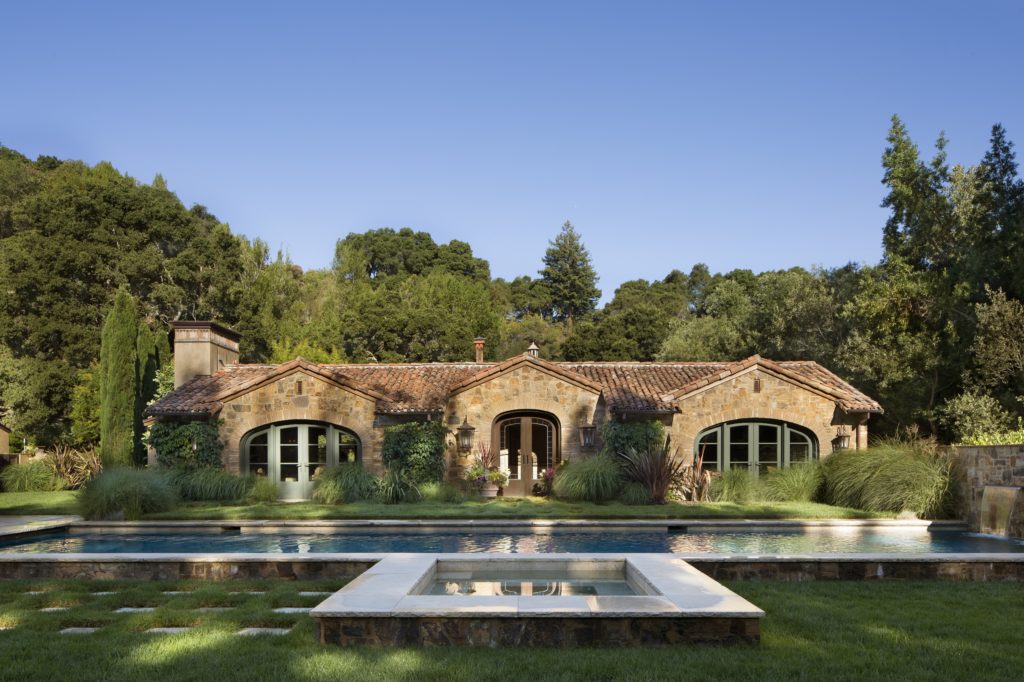
How did you and Bill meet, and what’s the secret to a successful collaboration?
Bill and I joined the team at Stephen Arnn Design within a month of each other in 1998, but typically worked on different projects. Our collaboration as co-owners of Gordon + Greineder began in 2003 and is based on an appreciation of our differences, and our best attempt to align most of our day to day responsibilities with each of our strengths.
How do define “California style” when it comes to architecture, and what makes it special to you?
“California style” is seemingly effortless, but actually extremely rigorous. It may look casual, but it is not sloppy. A quintessentially “California Style” home is elegant without being overly formal. It is not about any particular architectural language (Classical, Modern, Tudor Revival, etc.) so much as a way of living, always taking advantage of natural light and views and engaging with the site whether it’s an estate in its own park or a townhouse.
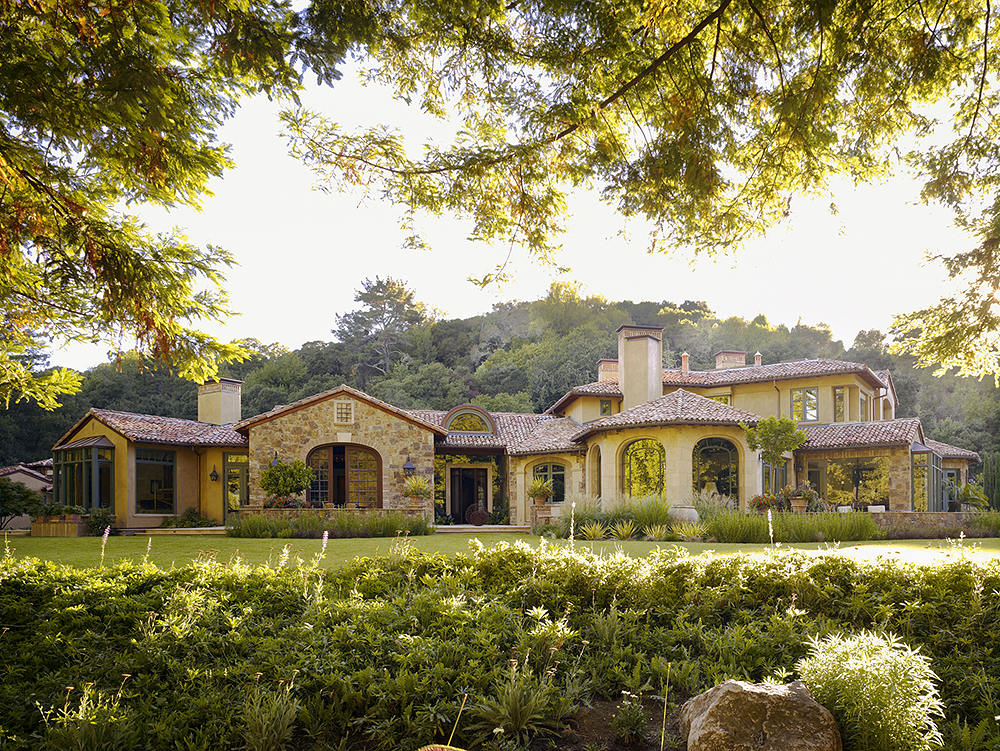
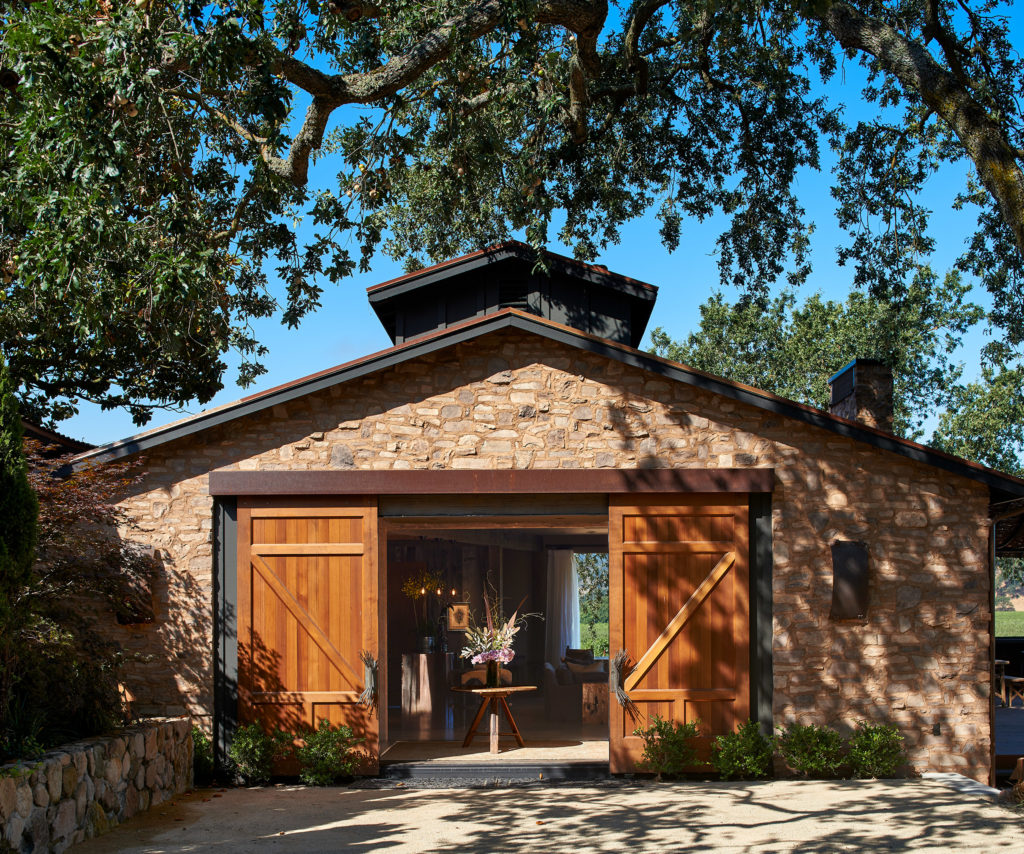
Of all the places you’ve traveled to, what’s your absolute favorite and why?
There is a small beach, Farr Bay, in the far north of Scotland just outside the village where my grandfather was born. It’s beautiful and isolated. There are no buildings of any note to be seen, very few buildings of any kind, just a magnificent landscape. It requires a serious commitment to get there, and the reward is a perfect place to get away from distractions and let the mind wander, open to new ideas.
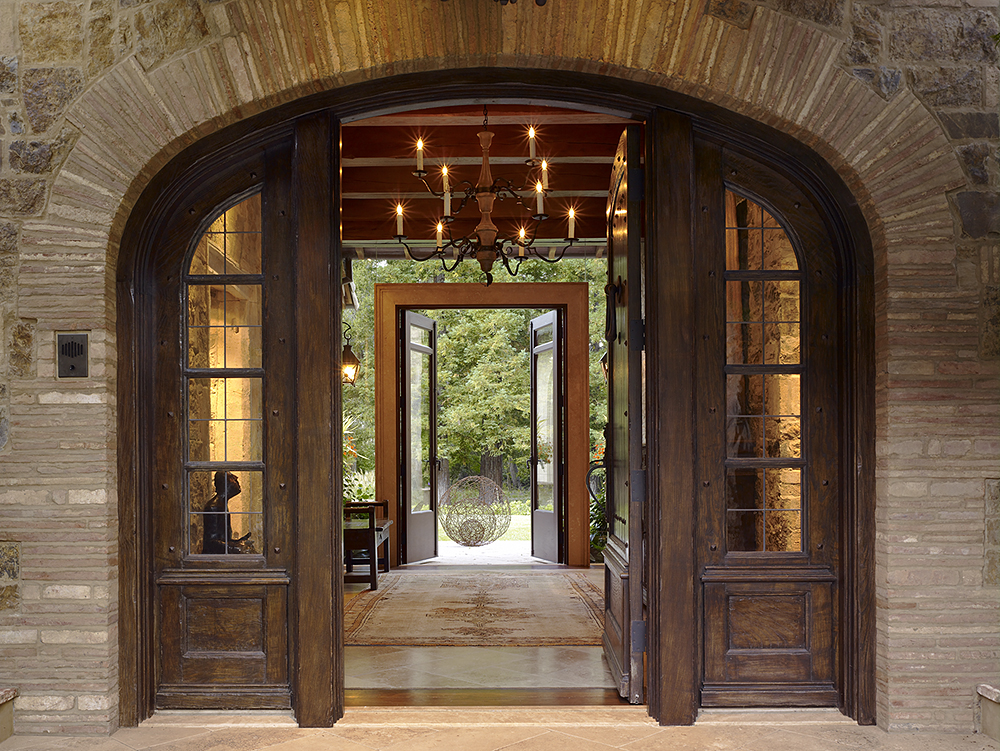
Lightning round!
First celebrity crush?
Jake Ryan in 16 Candles (Michael Schoeffling).
Favorite singer/band of all time?
Confession: I don’t have one. I can’t think and listen to words / lyrics at the same time. I tend to keep to instrumental music, especially while designing, with a preference for strings: piano, violin, cello, and classical guitar.
Go-to snack?
Cheese and crackers.
Best book you’ve ever read?
Impossible question! I love to read fiction of all kinds, but don’t often read a book more than once. I’m about to start a project in Hayes Valley and have been enjoying Shoes Outside the Door, a history of the San Francisco Zen Center by Michael Downing.
